FileClematis vitalba.JPG Wikimedia Commons
Height - 3-12 ft. (0.9-3.6 m) Spread - 3-20 ft. (0.9-6 m) Sun exposure - Full Sun Soil requirements - Neutral Hardiness zones - USDA Zones 4-9 When to plant - Spring, Fall How to Grow Clematis There are approximately 300 species of plant in the Clematis genus.
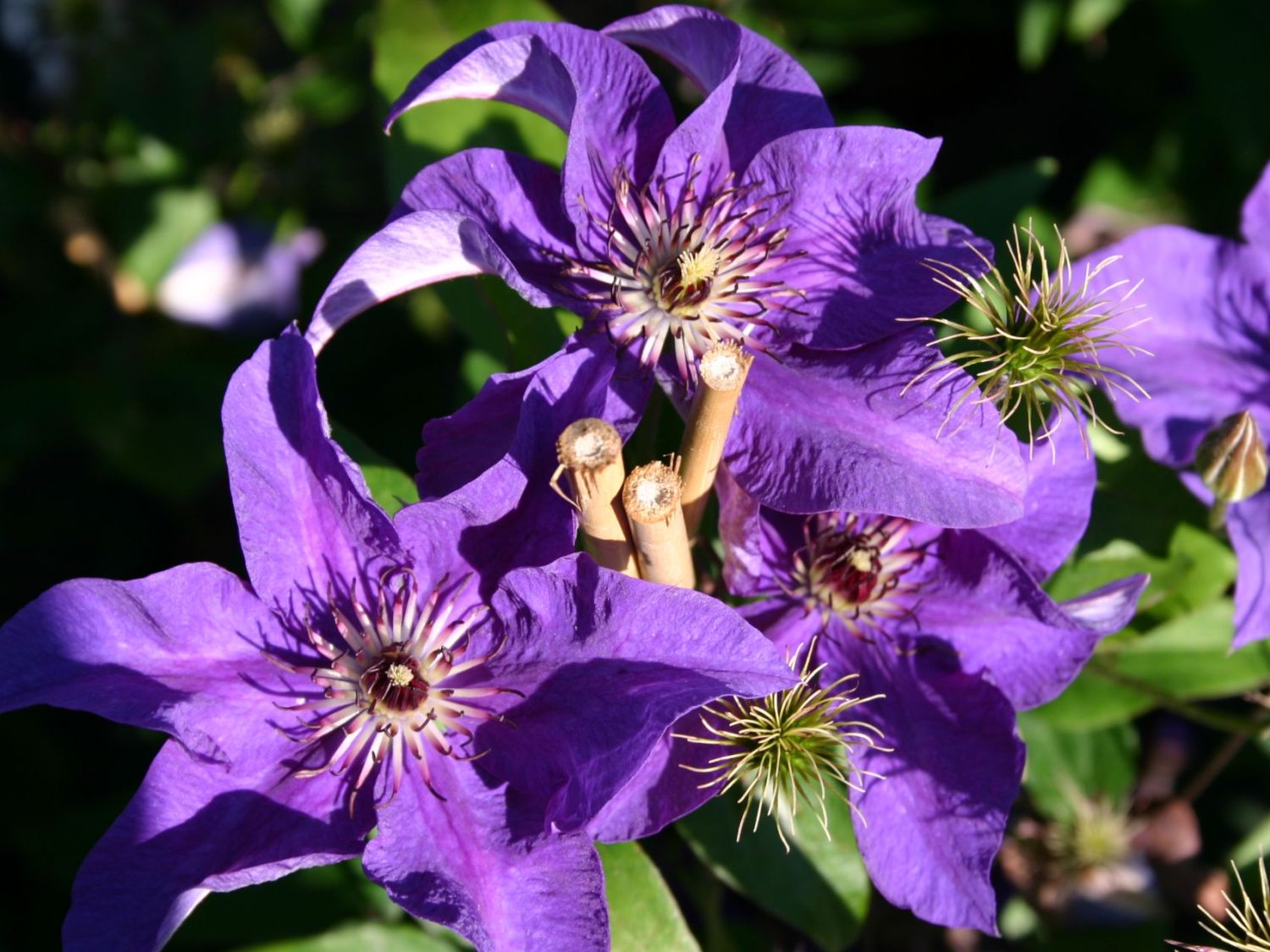
Clematis 'The President' Clematis 'The President' Baumschule Horstmann
Refill the hole with topsoil and pat it down when complete. Clematis perform best when its foliage and stems are in the sun, while the roots are moist and shaded. Cover the planting area with 3-4 inches of mulch. Keep mulch at least 8 inches away from the stems to avoid stem rot or a place for pests to hide.
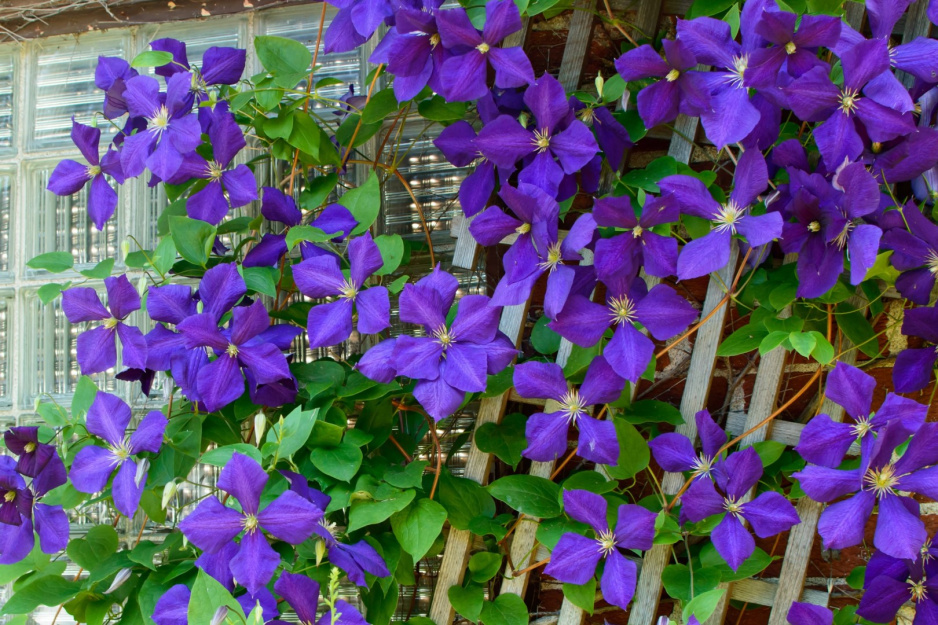
Powojniki pnącza do słońca i cienia Mój Piękny Ogród
Clematis is a genus of climbing, twining, or trailing plants in the buttercup family, Ranunculaceae, consisting of over 380 species and numerous cultivars. These perennial plants are native to various parts of the world, including Asia and North America.
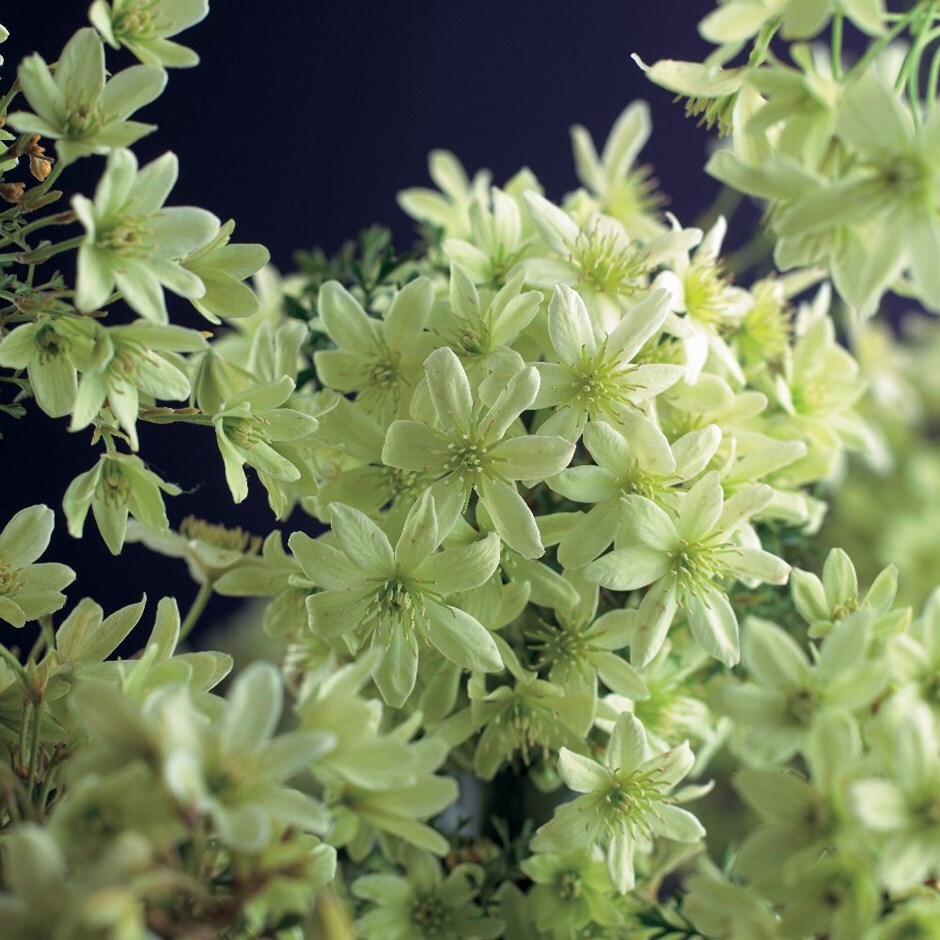
Buy clematis (group 1) Clematis 'Pixie'
Clematis are long-lived perennial vines and they have an important role to play in any flower garden. As they scramble up trellises, climb over arbors and thread themselves through other plants, clematis weave a rich tapestry of color and texture. Read on for six tips that will help you be successful with the "queen of climbers." Do Some Research

Clematis Care The Ultimate Guide To Planting, Growing and Pruning
The Spruce / Evgeniya Vlasova Planting Clematis requires plenty of sunshine for abundant bloom production, but the roots must be protected from intense heat. These plants do well when planted in a location that receives full sun in the morning and filtered sun or shade in the afternoon.
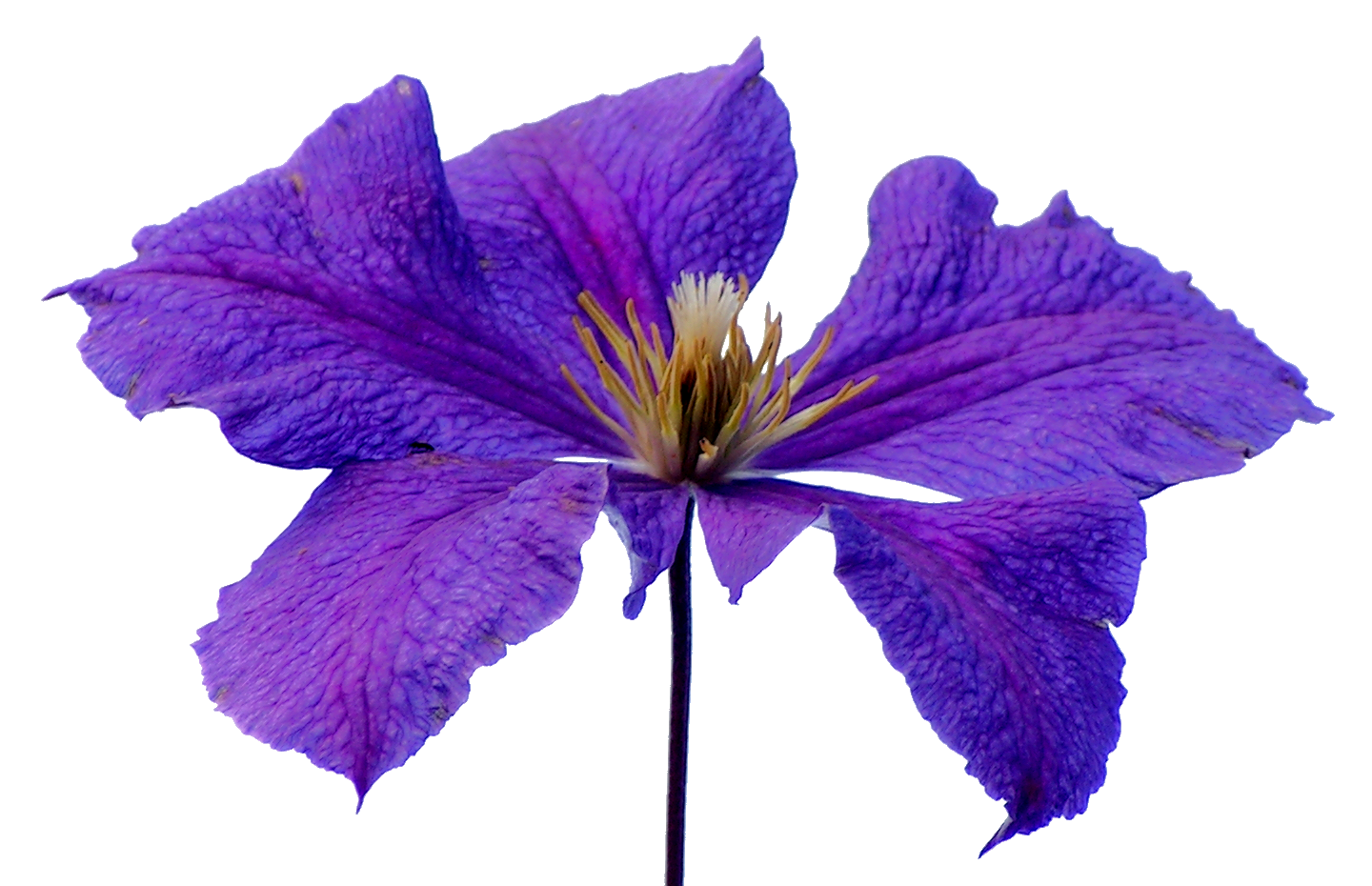
Clematis NutraWiki
BBC Gardeners' World Magazine Published: Friday, 19 March 2021 at 9:12 am All you need to know about planting, growing and caring for clematis in our detailed Grow Guide. Clematis are popular perennial climbers, providing height and colour throughout the season. They look particularly good with roses.

Alpine Clematis Earth laughs in flowers
Consider these factors before planting your clematis. 1. Timing: Late spring and early fall are the best times for planting clematis plants. 2. Planting: Dig a deep hole in your garden, and carefully place your clematis into the planting hole one or two inches below the soil surface. Backfill the hole and water the soil.

Clematis Proteus Brushwood Nursery, Clematis Specialists
Toxic Plant Clematis is toxic to people but the leaves have a bitter taste, which helps deter much sampling. If you suspect your child has eaten clematis, call the doctor. The plant is also known to be toxic to dogs, cats, and horses. Where to Plant Clematis
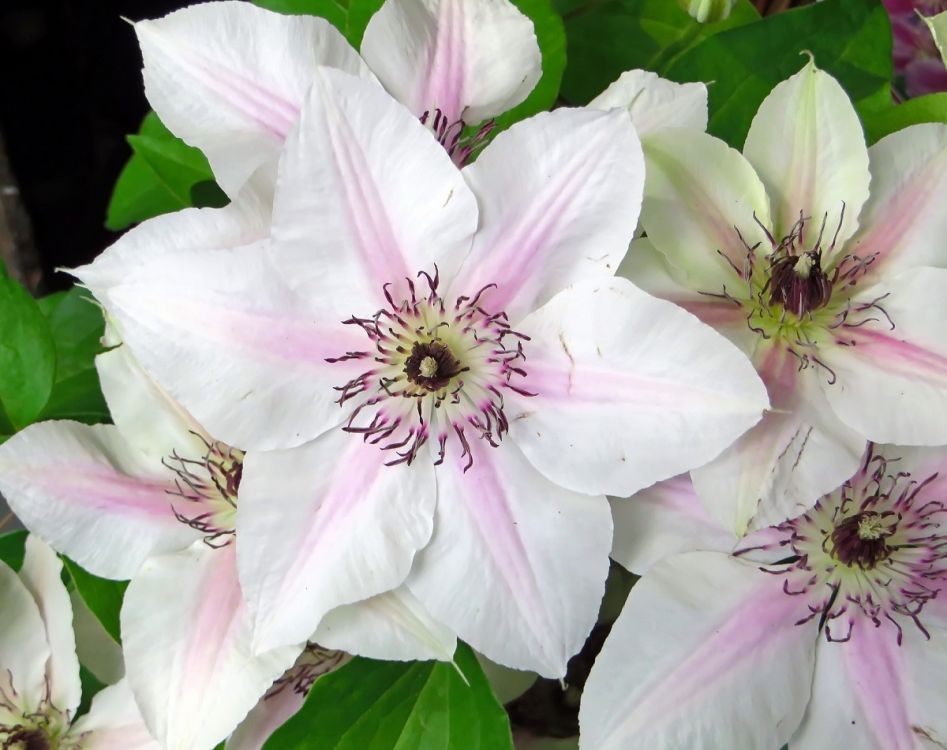
CLEMATIS POWOJNIK JAN PAWEŁ II C2
Full Sun Soil pH Neutral Bloom Time Spring Summer Flower Color Blue Pink Yellow Hardiness Zone Planting, Growing, and Caring for Clematis Vines Catherine Boeckmann December 1, 2023 Clematis, known as the "queen of the vines," may be best known for its large-flowering, purple, star-shape blooms on twining vines.
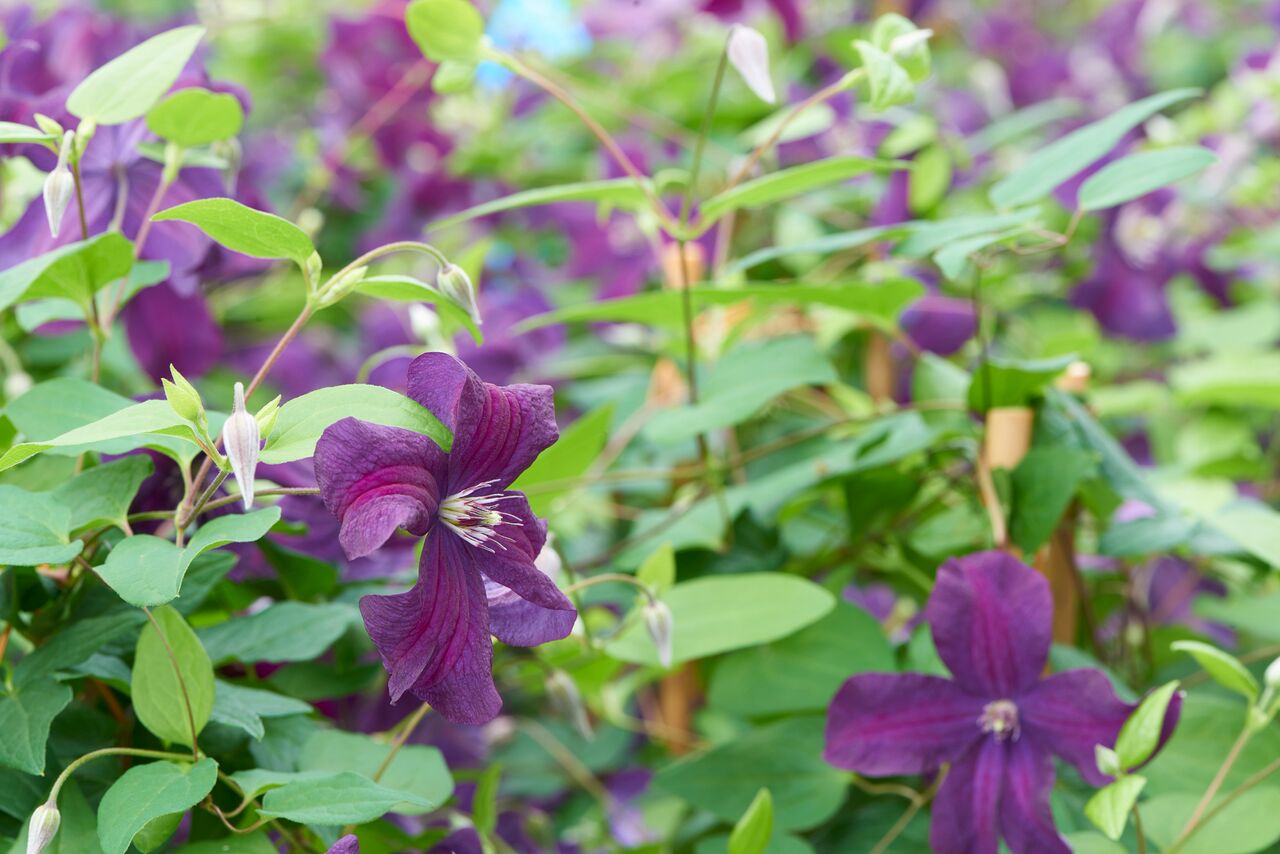
Tuszynscy
Final Thoughts . Clematis is a wonderful vining plant that deserves a place in everyone's garden. The sheer variety allows gardeners to pick and choose which type of clematis is best for them and allows for some fresh design creativity.. While this plant is relatively needy, requiring plenty of water and fertilizer to continue to flourish, newer gardeners can still give growing it a try.

Viticella clematis such as 'Black Prince', pictured, are tough
Etymology The genus name Clematis [pronunciation note 1] is from Ancient Greek κληματίς : clēmatís, ("a climbing plant") from κλήμα : klḗma - 'twig, sprout, tendril'. Botany The genus is composed of mostly vigorous, woody, climbing vines / lianas. The woody stems are quite fragile until several years old. [4]
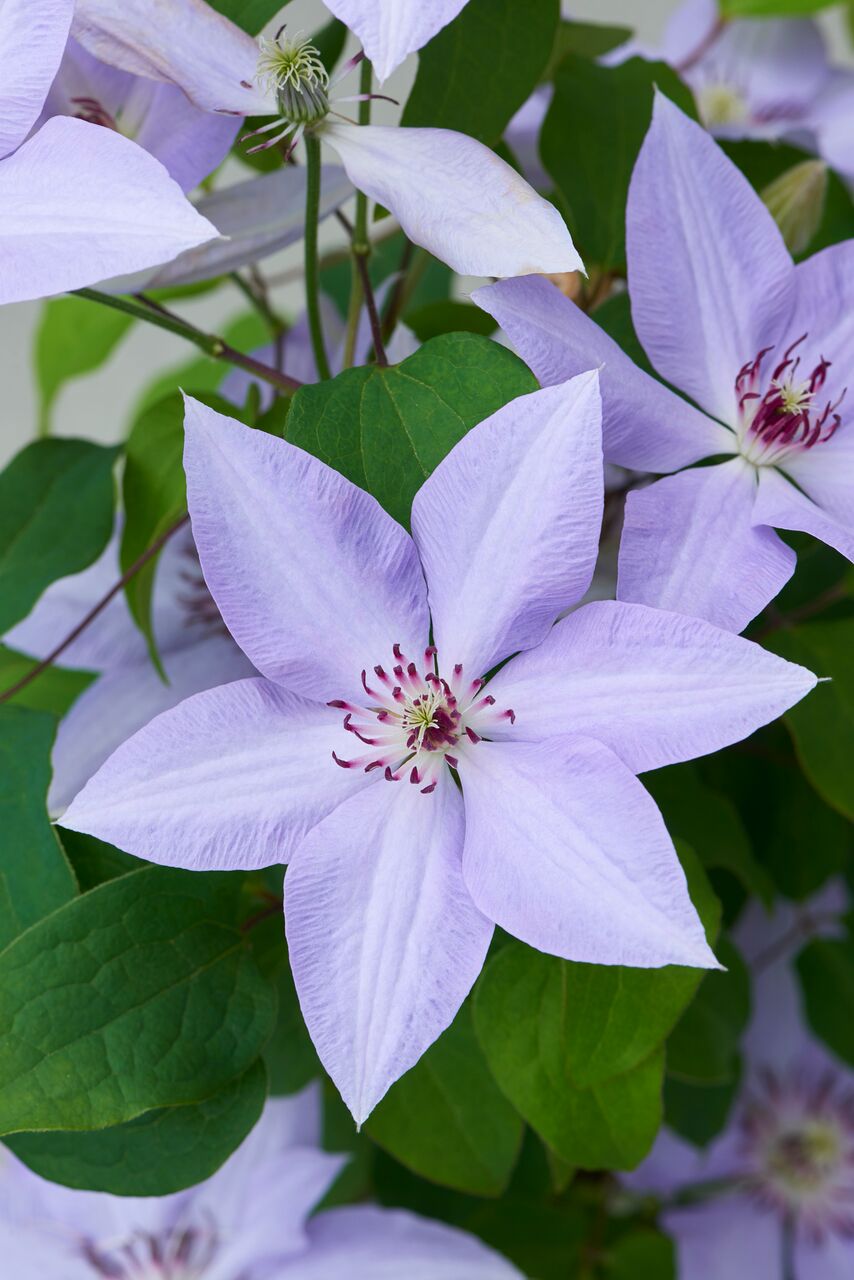
Tytuł strony
All clematis varieties are divided into three groups based on flowering time and pruning requirements. Group 1: early flowering varieties that bloom in late winter and spring; Group 2: reblooming summer varieties; Group 3: flower in summer and fall *Note: the earlier a clematis variety blooms, the less pruning it requires long-term.
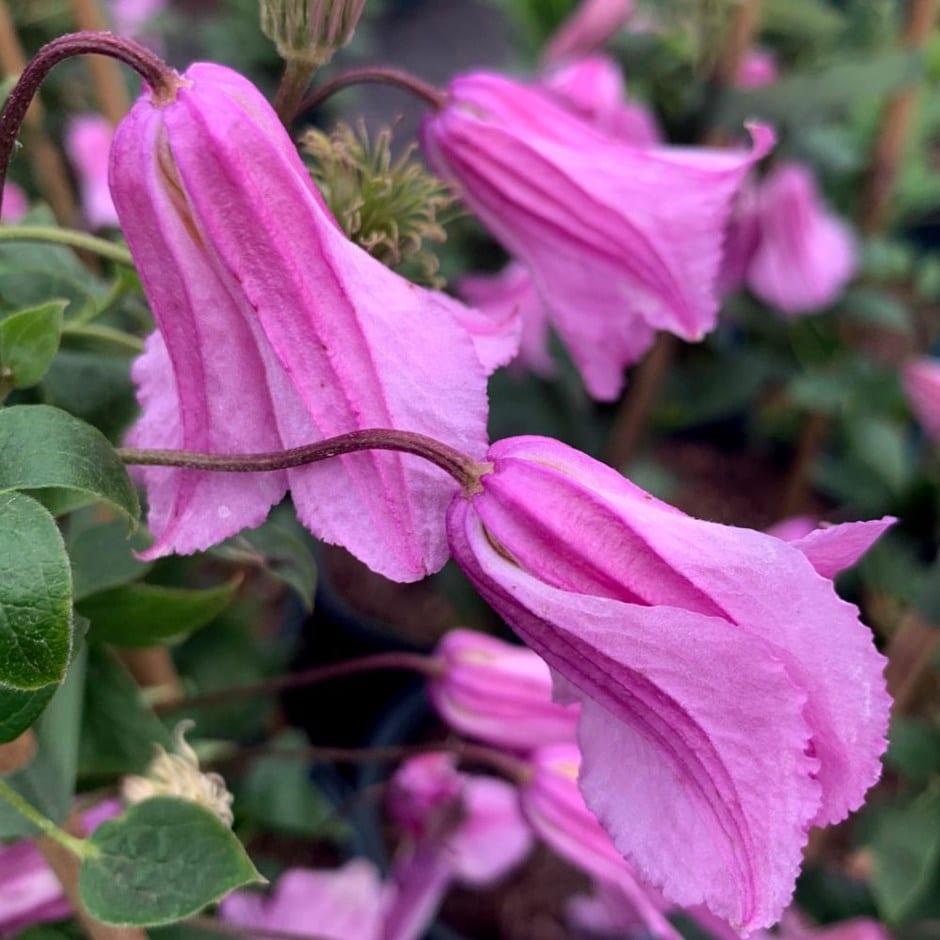
Group 3 Clematis For Sale Buy clematis (group 3) Clematis Kermesina
2. Clematis need to grow in an area where their feet stay cool. When soil temperatures reach and exceed 25 C (77 F) their roots will stop growing. Remember that healthy roots mean healthy plants. Provide shade for their roots with things like: Mulch - but keep the mulch about 6″ (15 cm) from the stem to avoid stem rot.

Buy clematis (group 3) Clematis 'Jackmanii Superba'
Before planting, you can root-wash the roots of the clematis. This involves soaking the root ball in a container of warm water, and gently coaxing the original growing medium away—which tends to be too water phobic for long-term growing. Root-washing requires some care but it can give the plant a better start.

Farm and Greenhouses Growing Clematis
2. Position the clematis. Lean the clematis at a 45 degree angle towards the wall or fence. Plant large-flowered cultivars 2 to 4in below the compost level they had in the pot. Most other clematis like to be planted just slightly below soil level. 3. Train the clematis.
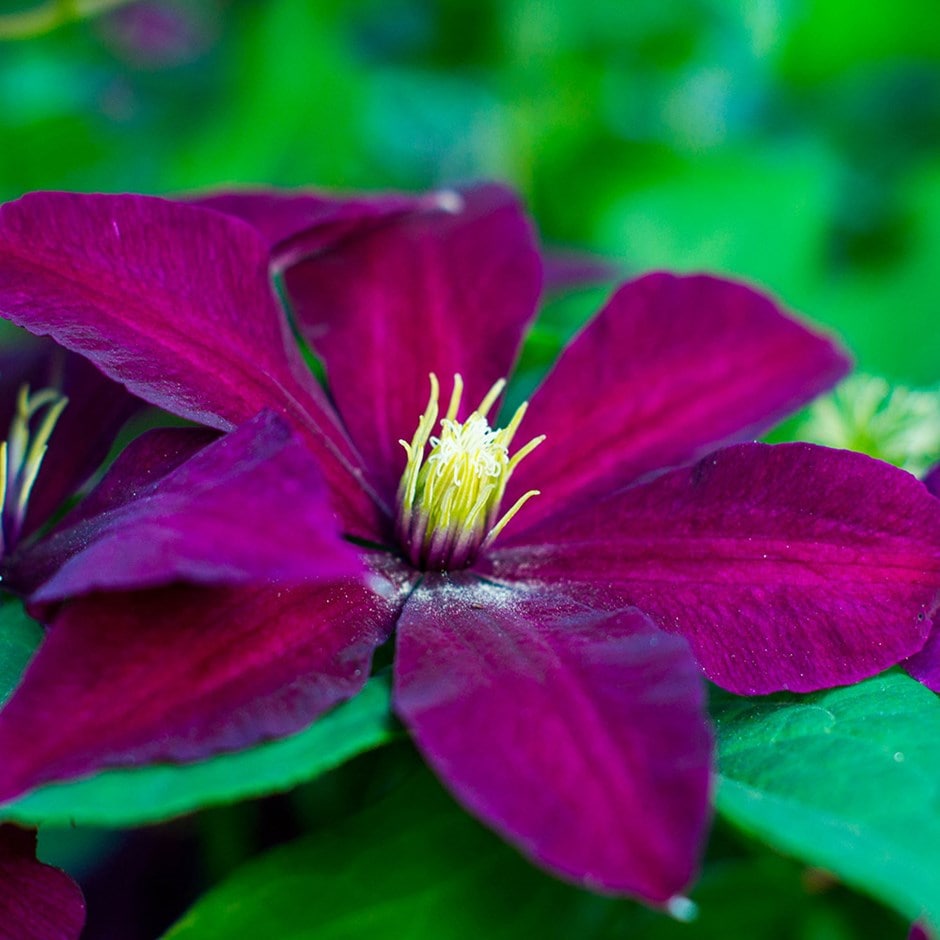
Buy clematis (group 2) Clematis 'Niobe'
Trim your clematis in the first year to promote a bushier, stronger plant in the future. First year trim: In late winter/early spring, cut your clematis back to about 5 inches from the ground, regardless of its pruning group. A first year trim will make your Clematis more beautiful over its entire (long!) life.